Top Social Media Metrics to Track in 2025 for Growth
Discover key social media metrics to track in 2025. Boost engagement, reach, and ROI with data-driven insights for better marketing results.
Rosin | 27 March 2025

Table of Content
- 1. Engagement Rate – The Key to Audience Connection
- 2. Reach vs Impressions – Understanding Content Visibility
- 3. Video Performance Metrics – The Rise of Short-Form Content
- 4. Click-Through Rate (CTR) – Driving Traffic Effectively
- 5. Conversion Rate – Turning Engagement into Sales
- 6. Customer Sentiment Analysis – Measuring Brand Perception
- 7. Social Share of Voice (SSoV) – Competitive Benchmarking
- 8. Influencer Marketing ROI – Assessing Collaboration Impact
- 9. Community Growth Rate – Measuring Audience Expansion
- 10. Response Rate & Customer Service Efficiency
- Conclusion
- Related Posts
- Leave A Comment Cancel reply
In 2025, businesses and marketers need to use data to make decisions. This will help them stay ahead in social media.
Social media platforms often change their algorithms, making it important to track the right performance metrics. Doing so can help improve engagement, brand visibility, and return on investment (ROI).
Understanding which social media metrics matter ensures that brands make informed choices, optimize content strategies, and allocate resources effectively. Below, we explore the most important social media metrics businesses should track in 2025 to maximize success.
1. Engagement Rate – The Key to Audience Connection
Engagement rate is one of the most crucial metrics for determining how well content resonates with your audience. It measures the level of interaction users have with your posts.
Why is Engagement Rate Important?
Engagement rate directly impacts content reach and visibility on platforms like Instagram, Facebook, LinkedIn, and Twitter (X). High engagement signals to social media algorithms that your content is valuable, leading to increased organic reach.
Key Engagement Metrics to Track:
- Likes, Shares, and Comments – These interactions indicate how well your content resonates with users.
- Saves & Shares – Saves and shares indicate that content holds long-term value, making it more likely to appear in users’ feeds.
- Click-Through Rate (CTR) – Measures how many users click on links within your posts.
- Engagement Rate by Reach (ERR) – measures how much people engage with your post compared to how many saw it.
How to Improve Engagement Rate?
- Create interactive content such as polls, quizzes, and live videos.
- Respond to comments to build meaningful conversations.
- Use storytelling to create emotional connections with your audience.

2. Reach vs Impressions – Understanding Content Visibility
Many marketers confuse reach and impressions, but both play distinct roles in tracking social media success.
Definitions:
- Reach – The number of unique users who have seen your content.
- Impressions – The total number of times your content has appeared on screens, regardless of whether users engage with it.
Why Do These Metrics Matter?
- A wide reach means your brand is attracting new users.
- High impressions indicate that users see content multiple times, reinforcing brand awareness.
Strategies to Increase Reach & Impressions:
- Use relevant hashtags to expand visibility.
- Post at peak times when your audience is most active.
- Leverage collaborations and influencer partnerships.

3. Video Performance Metrics – The Rise of Short-Form Content
With the increasing dominance of short-form video content on platforms like TikTok, Instagram Reels, and YouTube Shorts, businesses must track specific video engagement metrics.
Key Video Metrics to Monitor:
- Watch Time – Measures the total time users spend watching your videos.
- Completion Rate – Percentage of viewers who watch your entire video.
- Retention Rate – How long users stay engaged before dropping off.
Optimizing Video Content for Engagement:
- Hook viewers within the first three seconds.
- Use captions and subtitles to retain attention.

Experiment with video formats, such as behind-the-scenes clips, tutorials, and user-generated content.
4. Click-Through Rate (CTR) – Driving Traffic Effectively
CTR is a crucial metric for evaluating how compelling your content and call-to-action (CTA) are. It helps measure whether users take the desired action, such as clicking a link, visiting a landing page, or signing up for a newsletter.
How to Calculate CTR?
CTR = (Total Clicks / Total Impressions) x 100
Ways to Improve CTR:
- Use compelling CTAs like “Learn More” or “Shop Now.”
- Optimize visuals with high-quality images and videos.
- A/B test different headlines to see which drives more engagement.
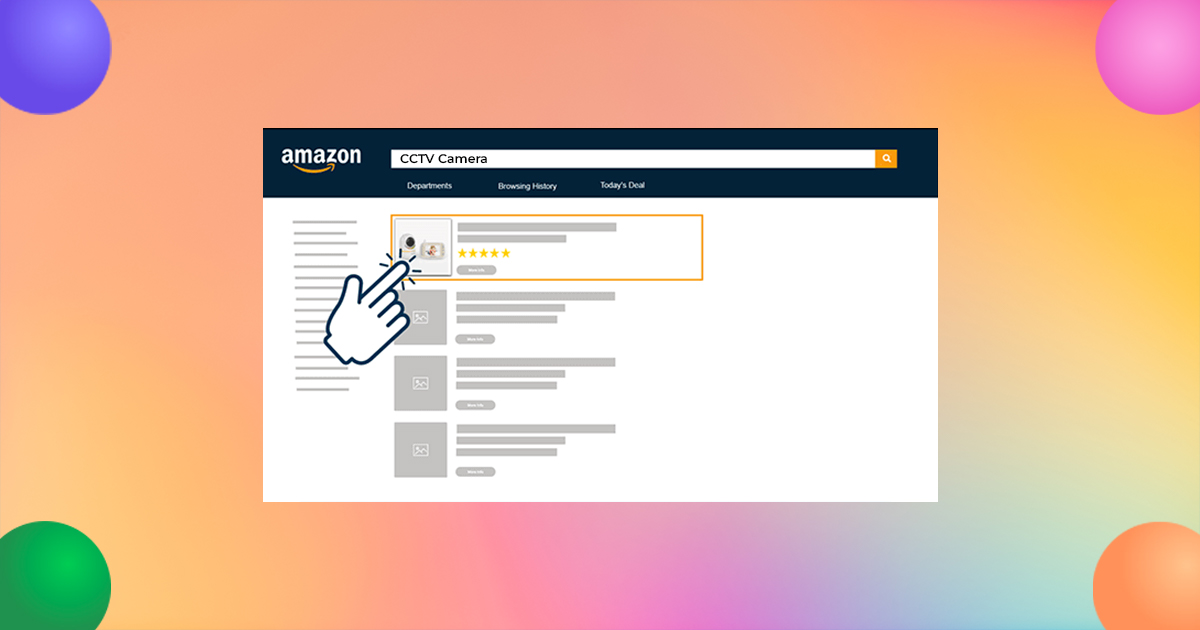
5. Conversion Rate – Turning Engagement into Sales
A high conversion rate means your social media efforts are translating into actual business results.
Important Conversion Metrics:
- Leads Generated – Sign-ups, downloads, or inquiries from social media.
- E-commerce Sales – Transactions originating from social platforms.
- Landing Page Performance – How traffic from social media behaves on your website.
How to Boost Conversion Rates?
- Optimize landing pages for fast loading and easy navigation.
- Use retargeting ads to convert warm leads.
- Offer incentives like discounts or free trials.

6. Customer Sentiment Analysis – Measuring Brand Perception
Tracking customer sentiment helps brands understand how audiences feel about them online.
Types of Sentiment:
- Positive Sentiment – Praise, recommendations, and appreciation posts.
- Neutral Sentiment – Mentions without strong emotional context.
- Negative Sentiment – Complaints or criticism.
How to Improve Brand Sentiment?
- Monitor brand mentions using social listening tools.
- Engage with customers to address concerns quickly.
- Create transparent and authentic communication.
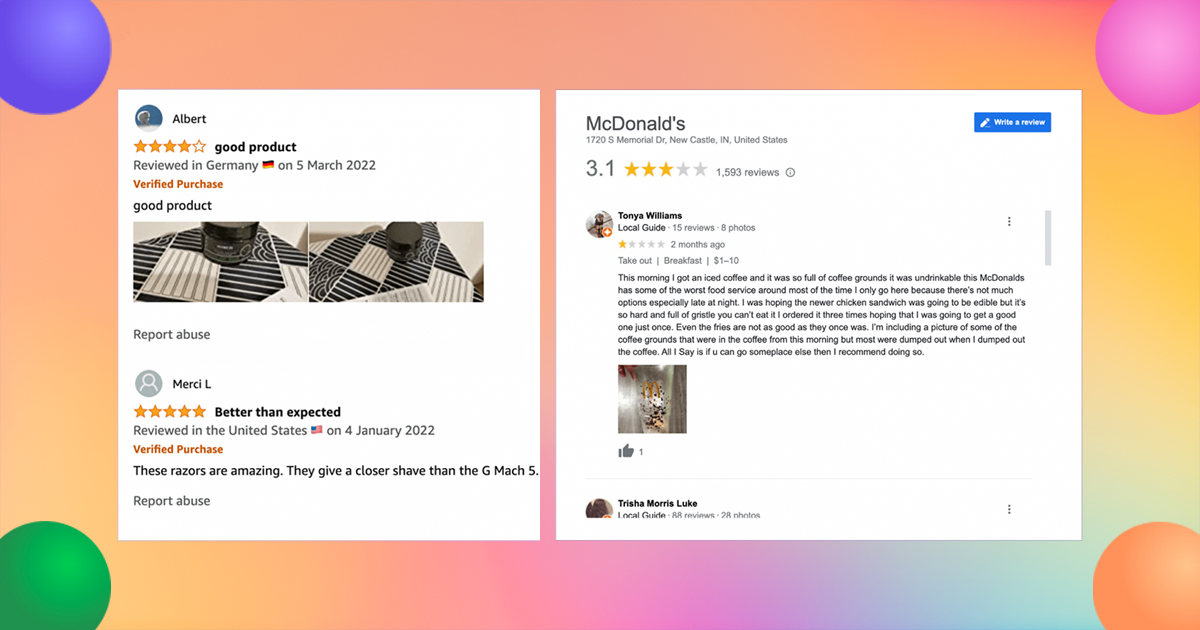
7. Social Share of Voice (SSoV) – Competitive Benchmarking
SSoV measures your brand’s visibility compared to competitors.
Why Does It Matter?
- Helps assess brand awareness.
- Identify areas where competitors outperform you.
- Provides insights into overall brand reputation.
Ways to Increase Share of Voice:
- Encourage user-generated content.
- Participate in trending conversations.
- Leverage industry influencers.
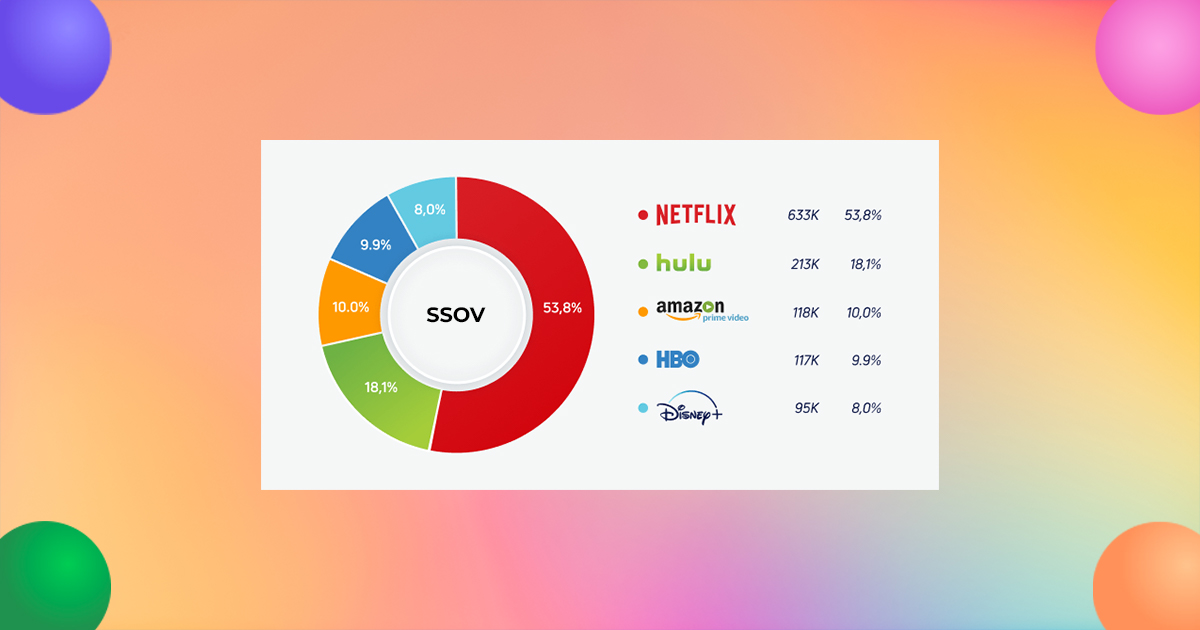
8. Influencer Marketing ROI – Assessing Collaboration Impact
With influencer marketing growing, tracking ROI is essential.
Key Metrics to Evaluate Influencer Campaigns:
- Engagement rate on sponsored posts.
- Conversions from influencer-generated traffic.
- Increase in brand mentions post-campaign.
How to Choose the Right Influencers?
- Prioritize engagement over follower count.
- Look for audience alignment with your brand.
- Measure long-term value over one-time promotions.

9. Community Growth Rate – Measuring Audience Expansion
Instead of only tracking follower count, brands should focus on follower quality and growth rate.
Factors Affecting Growth Rate:
- Organic vs. Paid Growth – Organic followers are more likely to engage.
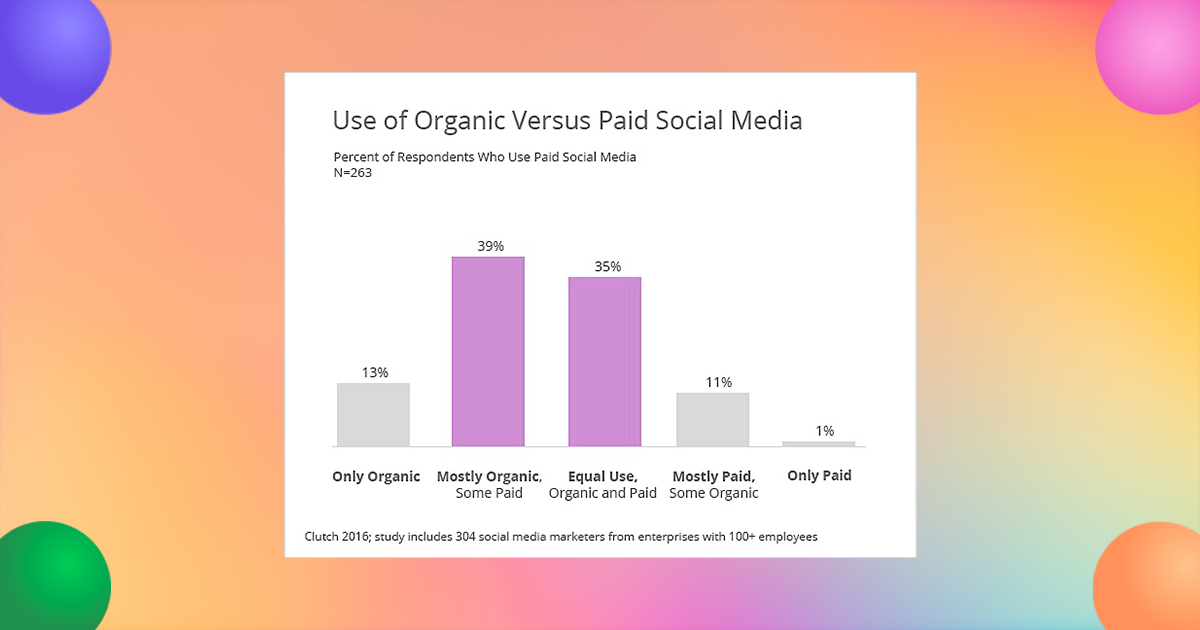
- Engagement per Follower – A high engagement rate indicates a loyal community.
Growth Strategies:
- Consistently share valuable content.
- Collaborate with niche influencers.
- Host giveaways or contests to attract new followers.
10. Response Rate & Customer Service Efficiency
Social media is now a customer service channel, making response rate a vital metric.
Key Metrics to Track:
- Average response time to customer inquiries.
- Resolution rate of customer complaints.
- Feedback on customer service interactions.
How to Improve Response Rate?
- Use chatbots for instant replies.
- Monitor social inboxes regularly.
- Train support teams for quick issue resolution.

Conclusion
In 2025, tracking the right social media metrics is more important than ever. By focusing on engagement, reach, conversions, sentiment analysis, and video performance, brands can refine strategies and drive growth. Implementing data-driven decisions ensures continued success in an evolving digital landscape.

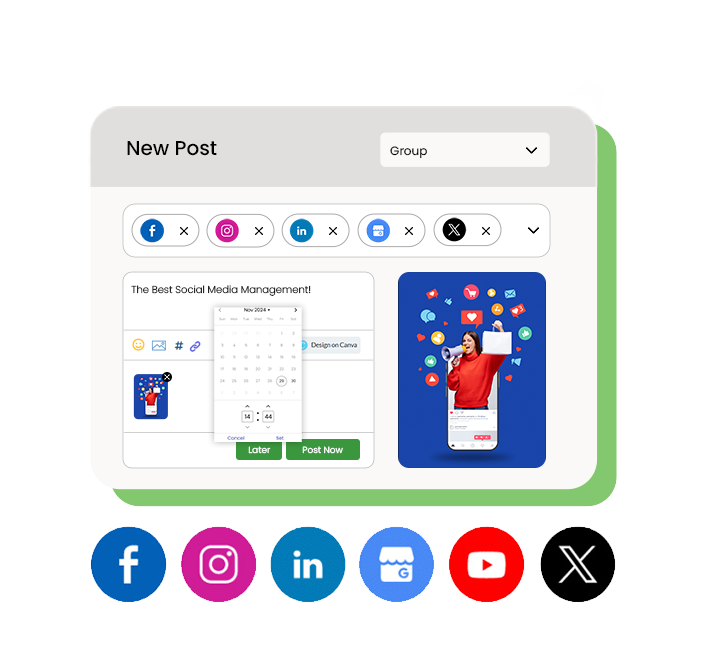

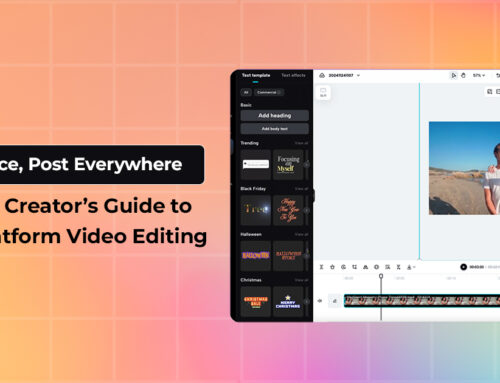

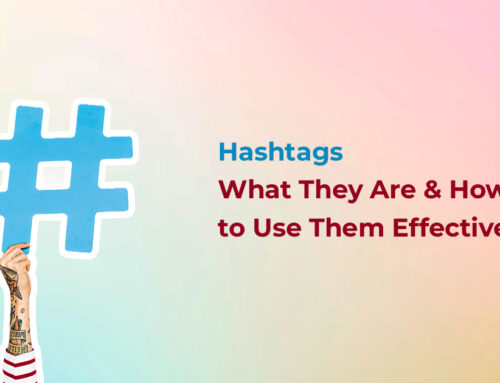


Leave A Comment